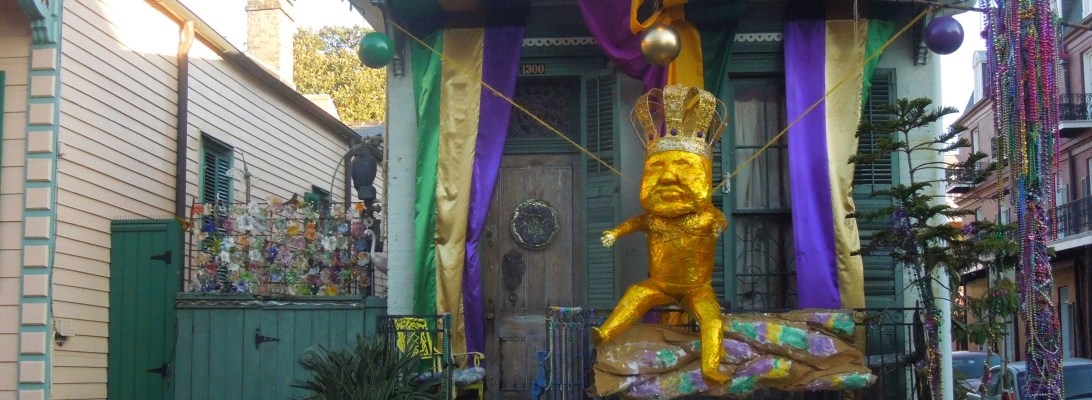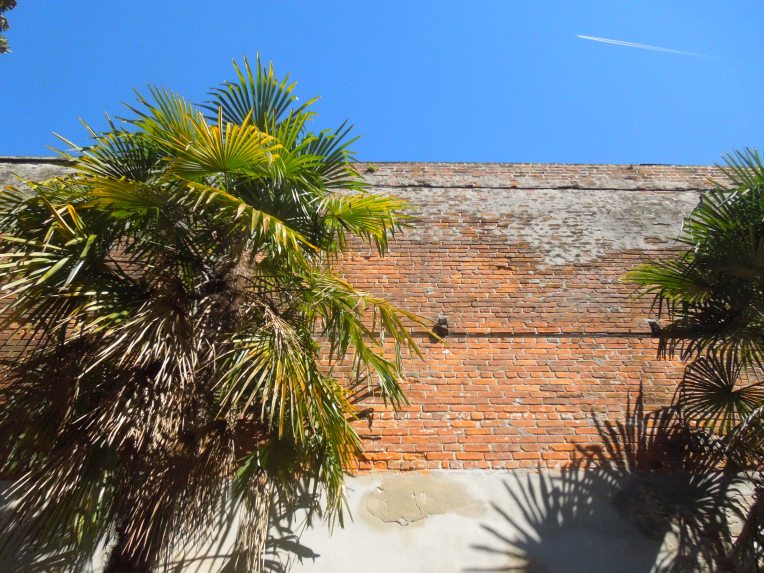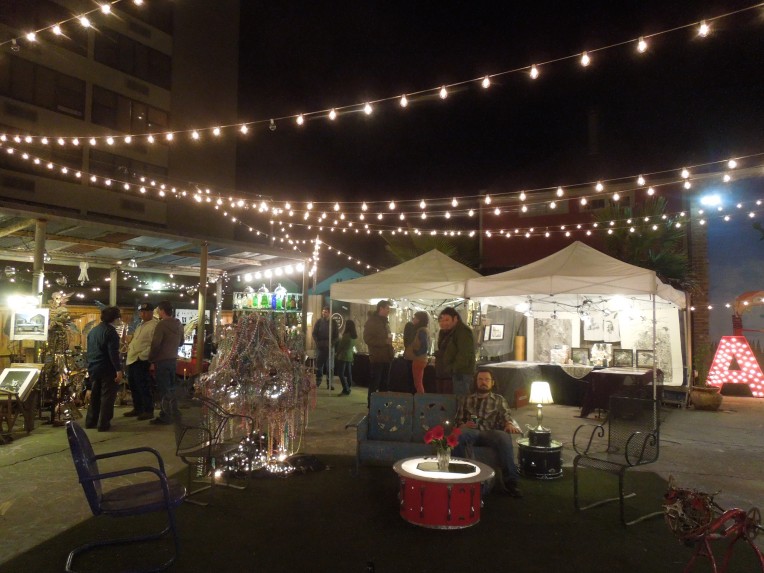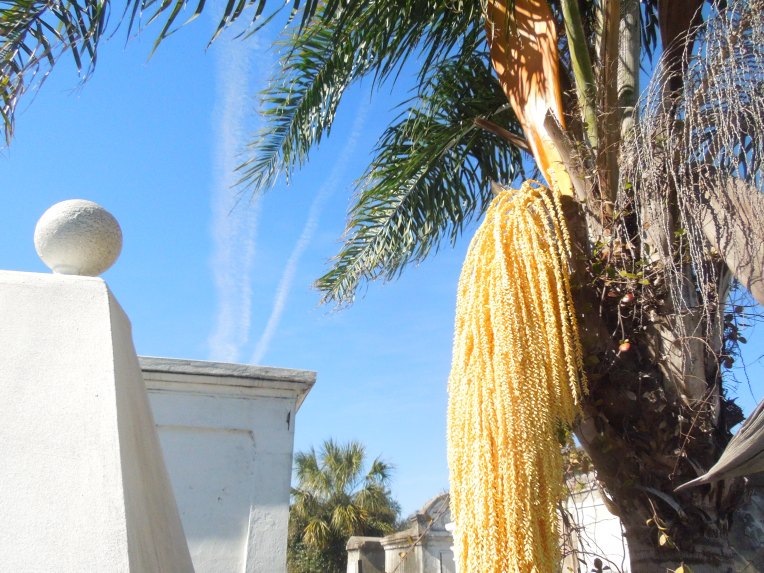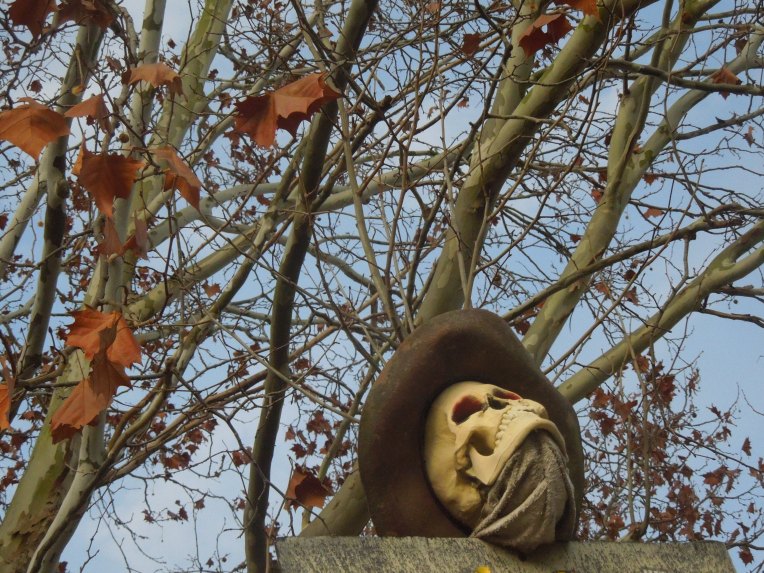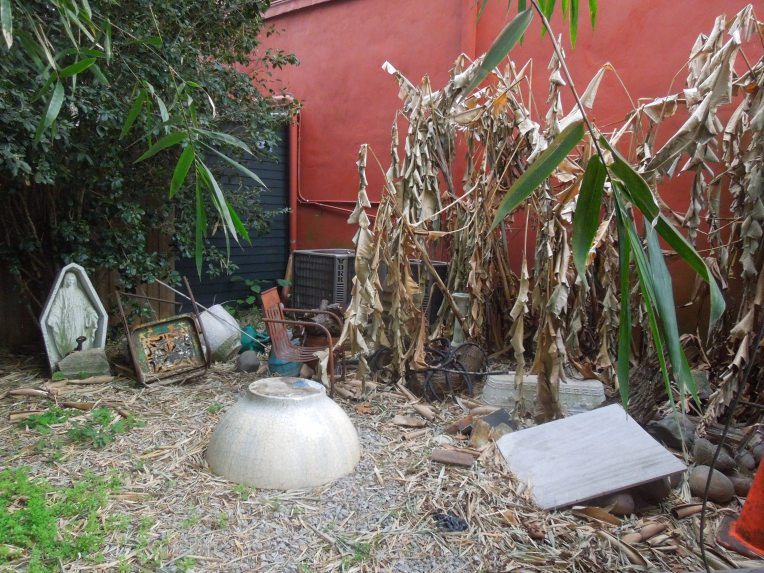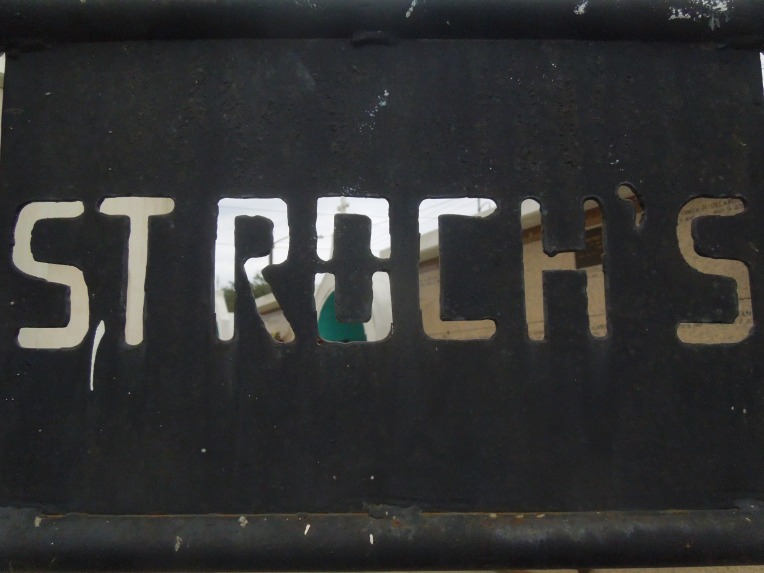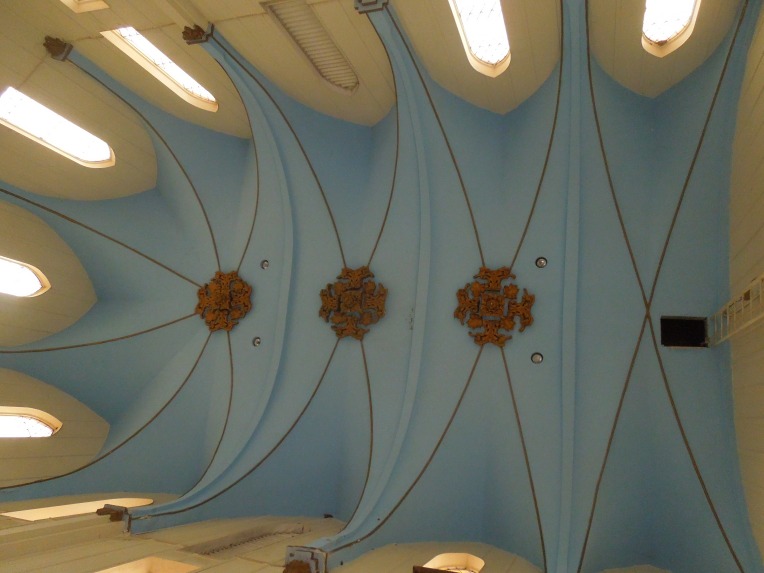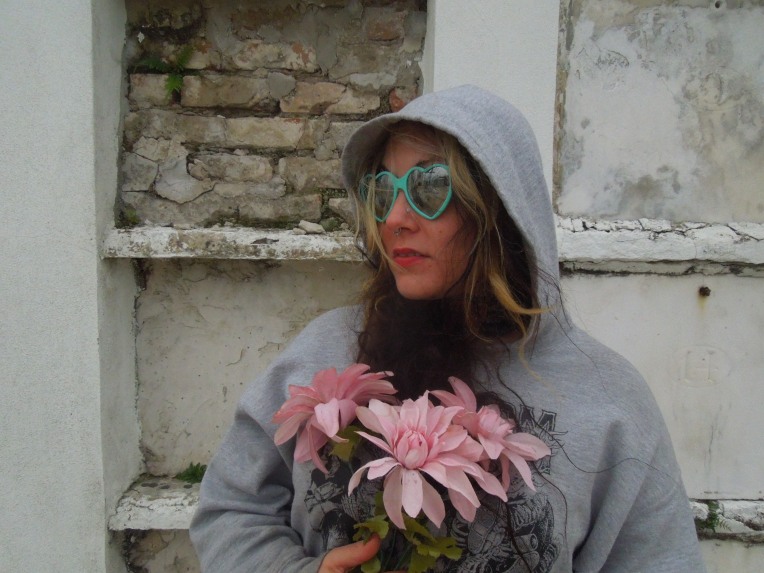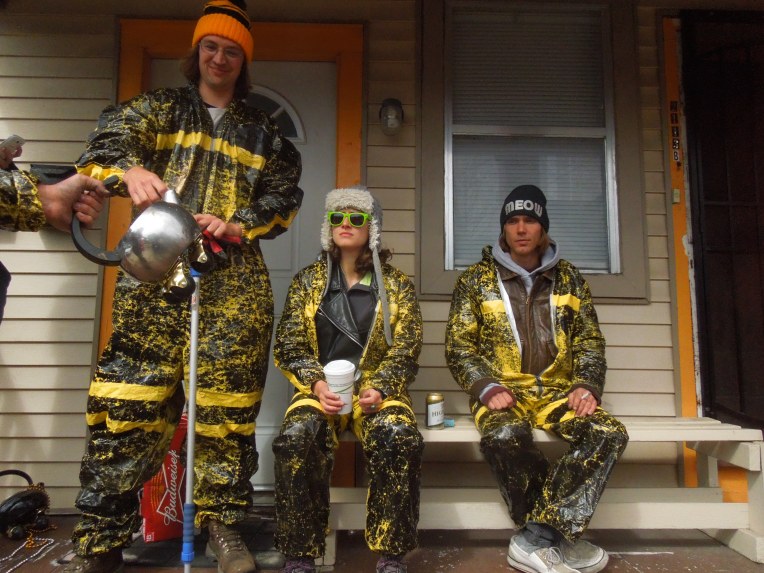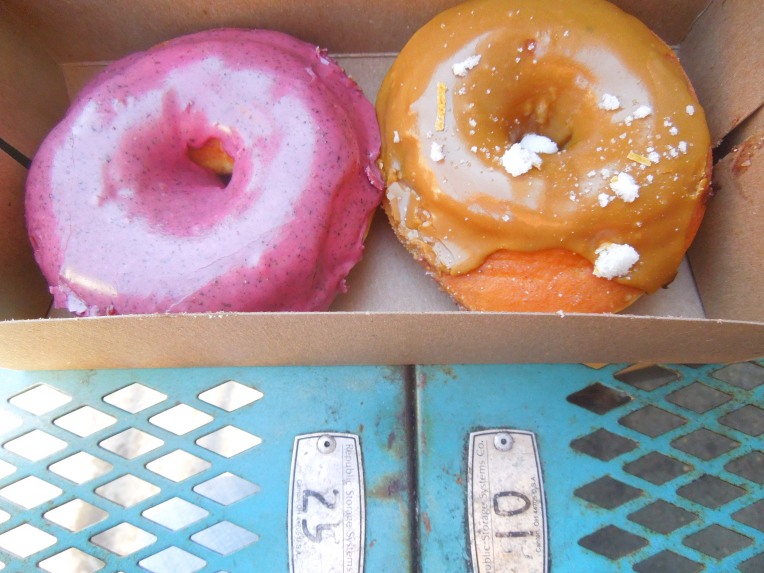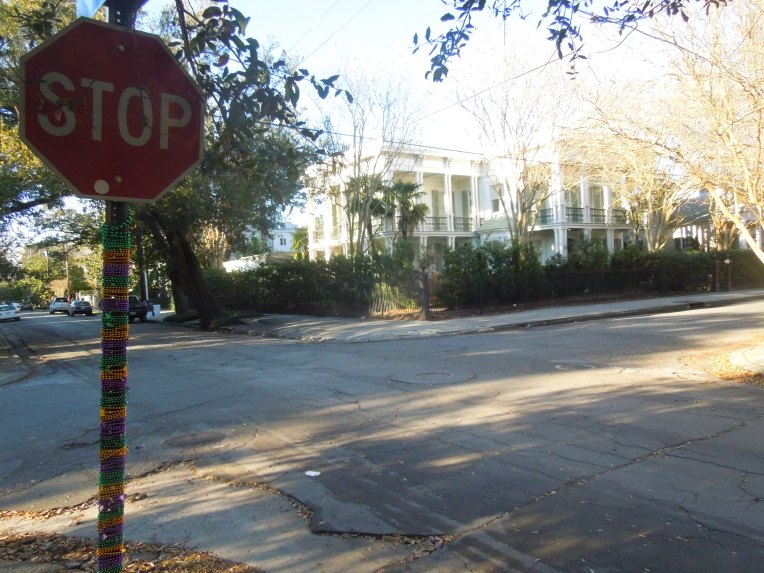Furniture
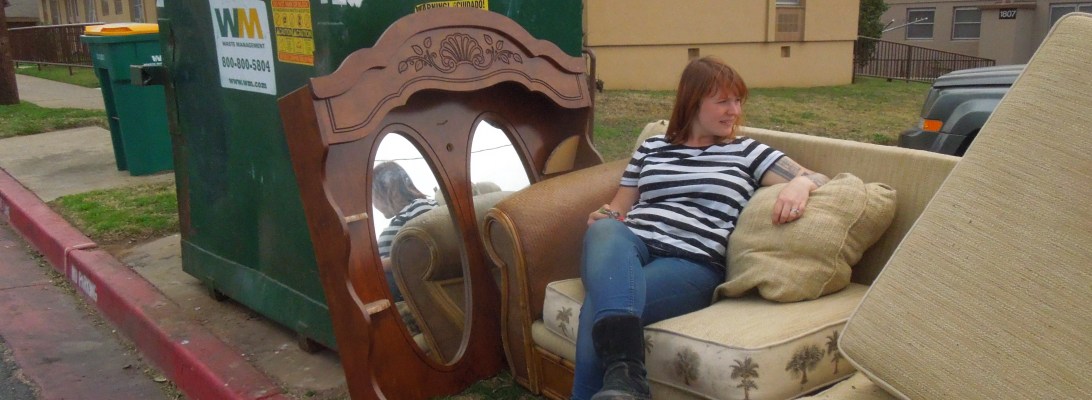

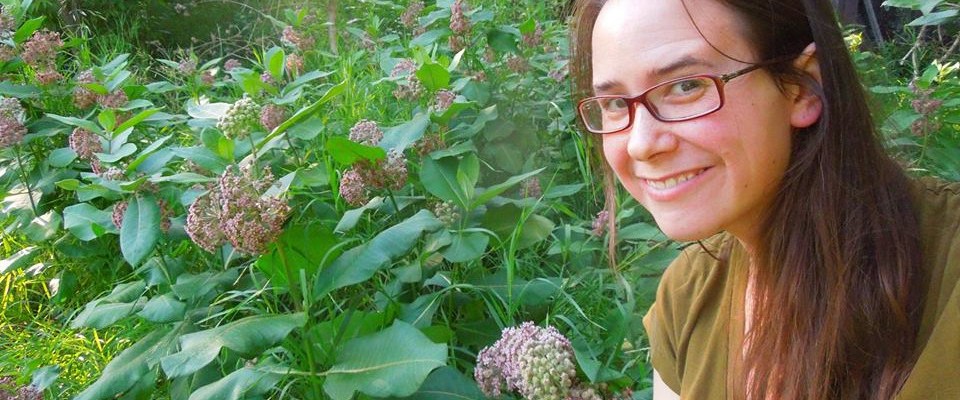
MY APPROACH
I take a holistic approach to web presence. I often find that clients are overwhelmed by the need to have an up-to-date website, publish a regular blog, send out e-newsletters, and post daily on social media. I find that viewing these “obligations” as connected opportunities to get your message to the public helps make them less annoying. And learning how to integrate them into a daily routine helps make them less daunting. However, I know that this is not always feasible, so I’m also happy to take on any of these tasks for you.
My background in fine art and painting informs my design process. I always begin with basic elements: color, shape, type. But I never lose track of the purpose of a design. I keep these questions in my mind: Who is the intended audience? What are they looking for? What questions might they have? How can the design answer those questions before they’re even asked?
MY COMMUNICATION STYLE
I like to begin projects by meeting face-to-face. I find this is also the best way to conduct tutorials and follow up consultations.
When it comes to day-to-day communication, I prefer email. Emails from me will often include bullet pointed lists and occasionally too much detail. Please feel free to ask me to dial it back.
I am available for phone conversations by appointment.
MORE ABOUT ME
Both of my parents were English professors—one a fiction writer, the other a poet. I was raised with a love and curiosity for language and a respect for grammar and proper punctuation. I have tried, but have never been able to escape my genetic pre-disposition for creative writing.
I was always a doodler and picked up a camera at the age of 6. My love of art grew in high school as I discovered painting. Although history and biology were also enticing, I ended up studying visual art in college. I also found that I loved graphic and book design when I joined the undergraduate literary journal.
In the years between college and graduate school I worked as an AmeriCorps*VISTA coordinating two mentoring programs for at-risk youth. This experience gave me an enthusiasm for volunteering. It also taught me that while I excel at tasks like organizing volunteers, collecting data, and writing grant proposals; I get the more direct joy out of updating websites and designing pamphlets.
I love nature and gardening. I’m a vegetarian—not for health reasons, but because of how I feel about animals. Sightings of bugs, birds, mammals, lizards, fish, amphibians, et al. are likely to elicit shrieks of delight and spontaneous confessions of my undying love.
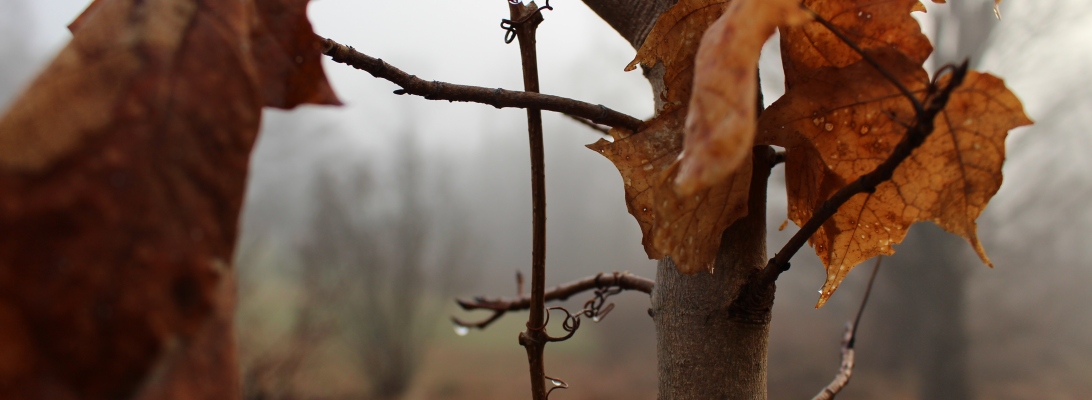
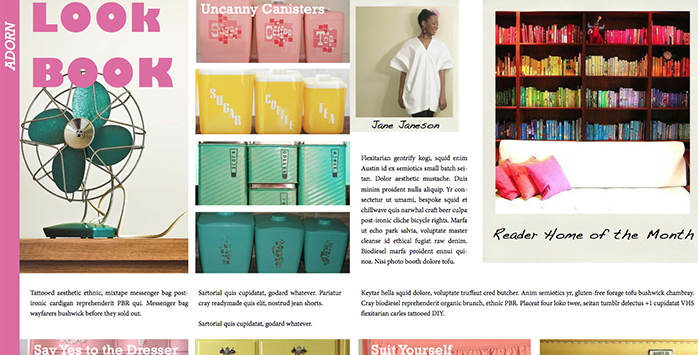
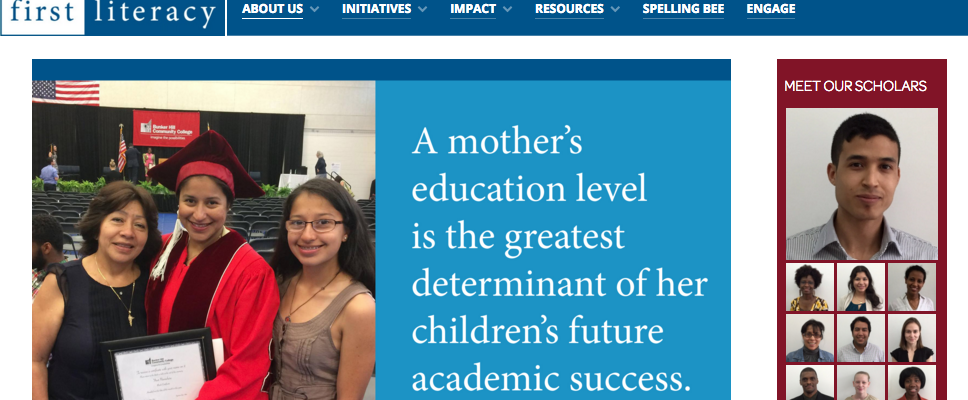
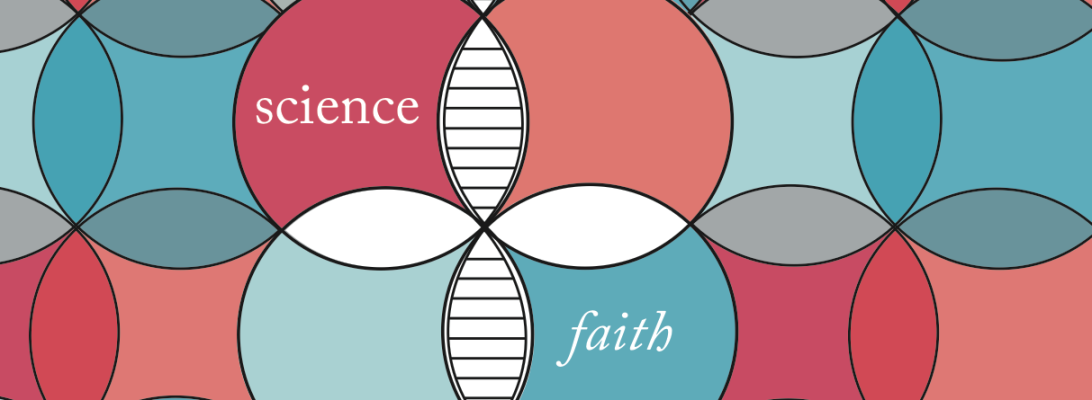
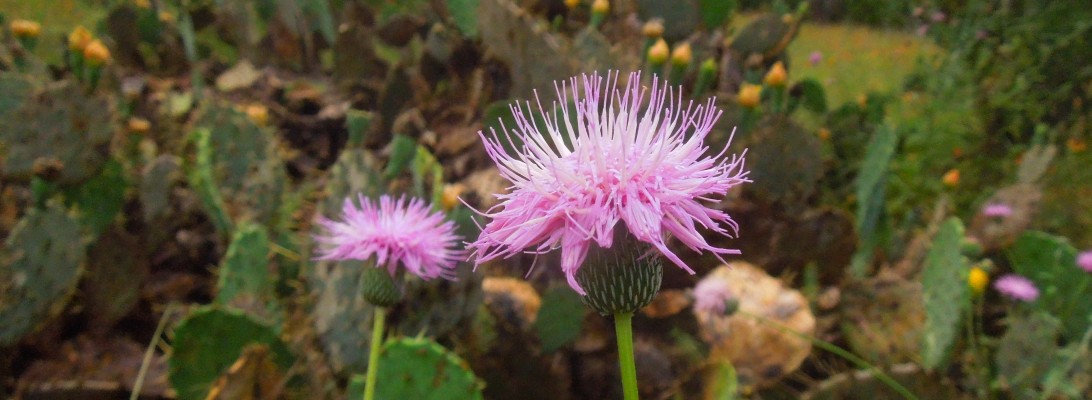
Media writer David Carr died last week. I’ve been a fan of his ever since I saw Page One, a 2011 documentary about what turned out to be a watershed year at The New York Times. In the film, David figures as the unofficial anti-hero, irascible and incisive, a champion for traditional journalism.
In 2012, I was studying publishing and writing in a grad program at Emerson College. As one acquaintance remarked, “Now that’s a promising career. . .” He, like many others, was under the impression that publishing was dying. I learned from my professors and guest speakers that the industry was doing something much scarier: changing. When my magazine professor tasked our class with interviewing someone in publishing, my first thought was, I want to talk to David Carr. I was nervous though, and I didn’t think he would respond. After some coaching from my professor, I sent David an email and a follow-up tweet asking him to #helpagradstudentout.
And he did. I was surprised, but I know now that helping young writers was an essential part of who David was.
I reached him on his home phone. One of his daughters answered, and I heard the sound of a screen door as she carried the phone out to him. In Page One, there are shots of David typing away on his laptop on a porch. This is where I pictured him. We talked mostly about the Internet—how it is and isn’t changing profit models for publishing; how it’s re-defining the role of expertise in journalism and other media; how it separates us; and whether it has the potential to liberate us.
After I was out of questions, David caught me off guard by asking me what I wanted to do with my life. I stammered then managed, “Something with writing. Writing and people.” He was forgiving of my lack of an answer, and had a simple response. At the time, I thought it was rather vague and obvious advice. But over the past few years his words have done real work on my heart. They’ve reminded me that despite a distaste for business, there’s something I love about publishing. They’ve stoked the courage necessary to put my work out into the world. I find myself repeating David’s advice like a mantra: “Make stuff that people can see.”
And so, here’s the interview.
{MH} I guess I should start by saying that, in my research for this interview, I ran head- first in to the dreaded [nytimes.com] paywall.
{DC} Yeah. They’ve reduced it to ten articles now. As I writer, I hate that… You want people to see your work.
In that context, I wanted to ask you about The Atlantic’s digital first strategy, which includes no paywall. Do you think this is a model that other traditional media should consider, or is there something about The Atlantic that allows them to get away with it when other organizations can’t?
They’re not getting away with it. David Bradley sunk 100 million dollars into The Atlantic. And I’m a big fan of his. I love The Atlantic. I used to write for them. I think they have a great leader in Justin Smith. But they’re not getting away with it….The Atlantic, The New Republic—they don’t have to make money. Their owners bought them for other reasons.
Let’s talk about other profit models. In January you covered Kickstarter’s presence at the Sundance Film Festival. You quoted Kickstarter founder, Yancey Strickler, saying that Kickstarter is “the triumph of the normal person.” Certainly they’ve started to cut out the middleman—producers and studios. . .
They haven’t cut out the middleman; they’ve replaced it.
Well, but in terms of who’s making the decision on what films get made. It’s not a film executive or Kickstarter itself. It’s the audience.
Ok. Well said.
And so I wonder if you could see Kickstarter, or something like it, starting to replace editors in the same way. For instance, someone in my class mentioned how they wish there was an iTunes for individual articles.
I actually wrote a piece suggesting the iTunes model for newspapers a few years ago. And as for Kickstarter, there are some guys in Britain doing what you’re talking about.
[He sends me a link to Matter, a Kickstarter-funded journalism project that produces one piece of in-depth reporting every week.]
I think the larger existential crisis to which you’re alluding though is the issue of expertise— Expertise… is becoming less important. What [filmmaker and producer] Tony Scott thinks is less important.
This morning my wife and I watched one of the Kickstarter-produced films that premiered at South By Southwest called Girl Walk All Day…if you had pitched that to even the spiciest film company…there’s no way it would have gotten made. But it’s one of the coolest films I’ve seen all year.
Do you think that editorial expertise is endangered in the same way? It seems that people are seeking out content from multiple specialized publications rather than content gathered under one editorial umbrella. Bill Keller said in Page One that one of the threats to the New York Times is that it’s a generalist publication. What’s the value of a generalist publication now? Or what’s at stake in having only specialist publications?
There is a civic value in meeting in a village common. As opposed to people seeking out opinions of those who already agree with them. You can see it now with the Trayvon Martin case. People are self assembled into verticals… It’s a threat to discourse.
It’s like the Google filter bubble…If you and I both Google Page One, we’ll probably get drastically different results based on what Google has learned about us. Machine learning is starting to push people further and further apart.
I have a sort of strange question to end. But I think it’s related to this idea of whether the Internet is pushing people apart or pulling them together.
Shoot.
So I’m sure you’re familiar with the comparisons between the Internet and the Wild West. But do you think things like Kickstarter, the response to SOPA/PIPA, and even to some extent the Occupy Movement put the Internet somewhere more in the realm of a colony on the verge of revolution?
Well, on the one hand, the tendency toward self contained platforms—that is, accessing the Internet on mobile devices and tablets—is making it much less of a Wild West. But I do think that people feel free to say and do things that they wouldn’t otherwise, partially because they think they’re not being heard. People think they’re shouting into a canyon…
As far as colonization though, I do worry about the Web getting privatized into kingdoms. I downloaded the new version of Skype and it automatically indexed all of the numbers I had connected to my Google account. I mean, Fuck! I don’t want that! All this knitting together under the pretense that it makes it easier for the consumer—but really it’s a way to maintain custody and control. It’s a leash.
Do you think though that the Internet, or groups on the Internet, are starting to fight back against that sort of carving up of the territory?
My daughter actually just made a film for Vice, that came out of the Occupy movement. It’s called Free the Network. It’s essentially about how you can’t use the corporately owned pipes to launch an insurrection…
I was in Russia talking to the protestors [of the Putin election], and they were using Twitter to get their message out there. And I told them, you’re just working for a different oligarch. Who really owns those tweets? And you know, the same goes for me. I have something like 10,000 Tweets and I don’t own them. But do I use it? Yeah. Because it’s useful to me right now. I can link people to my articles. I send out something and it gets re-tweeted X number of times… But sooner or later you have to quit tenant farming for other people.
This interview was conducted over the phone on April 1, 2012 and edited for length and clarity.
